The mobility to Iceland
Teachers from Primary School Strahoninec (Katica Mikulaj Ovčarić and Marina Mrazović) participated in the course organized by Intercultural Iceland entitled "Assessment for Learning" in November 2017. Below is the summary of what they have learned:
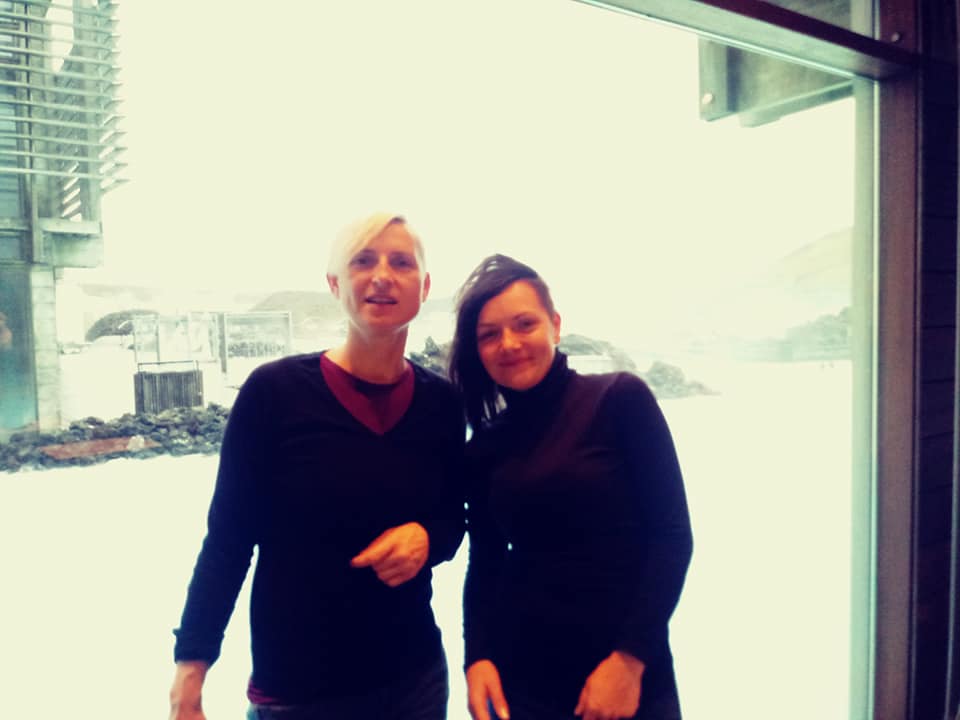
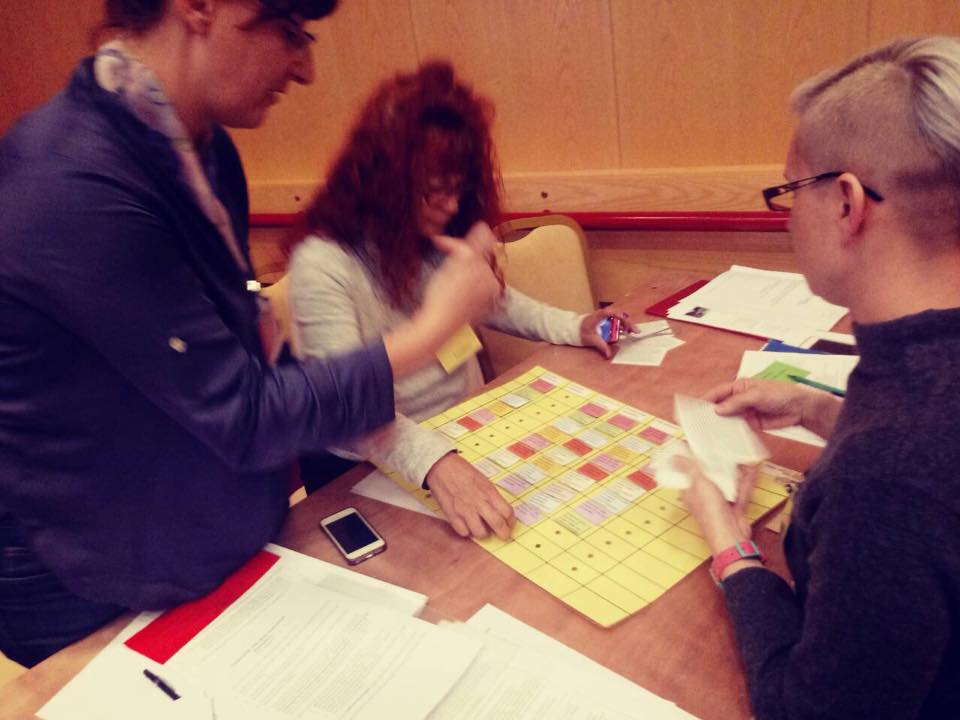
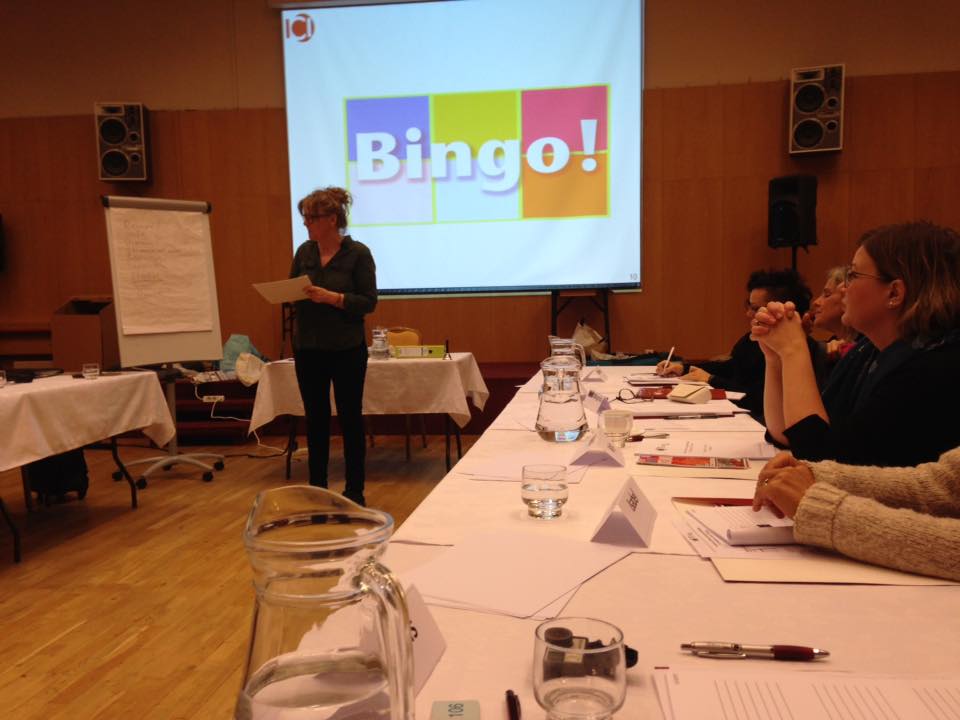
The Powerpoint presentation for Croatian teachers about Cooperative method of learning: 
Formative assessment
Formative assessment refers to a wide variety of methods that teachers use to conduct in-process evaluations of student comprehension, learning needs, and academic progress during a lesson, unit, or course. Formative assessments help teachers identify concepts that students are struggling to
understand, skills they are having difficulty acquiring, or learning standards they have not yet achieved so that adjustments can be made to lessons, instructional techniques, and academic support.
The general goal of formative assessment is to collect detailed information that can be used to improve instruction and student learning while it’s happening. What makes an assessment “formative” is not the design of a test, technique, or self-evaluation, per se, but the way it is used—i.e., to inform in-process teaching and learning modifications.
Formative assessments are commonly contrasted with summative assessments, which are used to evaluate student learning progress and achievement at the conclusion of a specific instructional period—usually at the end of a project, unit, course, semester, program, or school year. In other words, formative assessments are for learning, while summative assessments are of learning. Or as assessment expert Paul Black put it, “When the cook tastes the soup, that’s formative assessment. When the customer tastes the soup, that’s summative assessment.” It should be noted, however, that the distinction between formative and summative is often fuzzy in practice, and educators may hold divergent interpretations of and opinions on the subject.
Many educators and experts believe that formative assessment is an integral part of effective teaching. In contrast with most summative assessments, which are deliberately set apart from instruction, formative assessments are integrated into the teaching and learning process. For example, a formative-assessment technique could be as simple as a teacher asking students to raise their hands if they feel they have understood a newly introduced concept, or it could be as sophisticated as having students complete a self-assessment of their own writing (typically using a rubricoutlining the criteria) that the teacher then reviews and comments on. While formative assessments help teachers identify learning needs and problems, in many cases the assessments also help students develop a stronger understanding of their own academic strengths and weaknesses. When students know what they do well and what they need to work harder on, it can help them take greater responsibility over their own learning and academic progress.
While the same assessment technique or process could, in theory, be used for either formative or summative purposes, many summative assessments are unsuitable for formative purposes because they do not provide useful feedback. For example, standardized-test scores may not be available to teachers for months after their students take the test (so the results cannot be used to modify lessons or teaching and better prepare students), or the assessments may not be specific or fine-grained enough to give teachers and students the detailed information they need to improve.
Summative assessment
Summative assessment are useful as they tell you (if they are reliable and valid) where you are but they do not help to improve as the information generated fails to identify the source of learning difficulties, nor does it suggest strategies for getting better. Summative assessment are a bit like going to your doctor with the pain and being told "It is a 6 out of 10. Next!" There is no sense of diagnosis or guidance how to improve. The only consultation would be if the person next to you got 5 out of 10.
The goal of summative assessment is to evaluate student learning at the end of an instructional unit by comparing it against some standard or benchmark. The key is to think of summative assessment as a means to gauge, at a particular point in time, student learning relative to content standards. Although the information gleaned from this type of assessment is important, it can only help in evaluating certain aspects of the learning process. Because they are spread out and occur after instruction every few weeks, months, or once a year, summative assessments are tools to help evaluate the effectiveness of programs, school improvement goals, alignment of curriculum, or student placement in specific programs. Summative assessments happen too far down the learning path to provide information at the classroom level and to make instructional adjustments and interventions during the learning process. It takes formative assessment to accomplish this.
Summative assessment is more product-oriented and assesses the final product, whereas formative assessment focuses on the process toward
completing the product. Once the project is completed, no further revisions can be made. If, however, students are allowed to make revisions, the assessment becomes formative, where students can take advantage of the opportunity to improve.
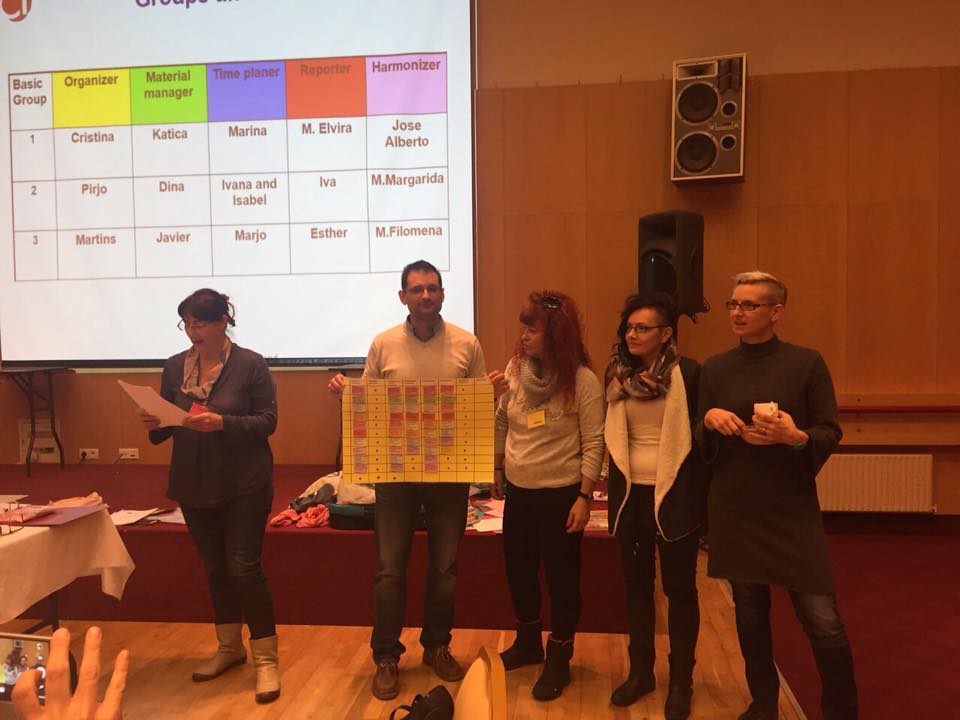
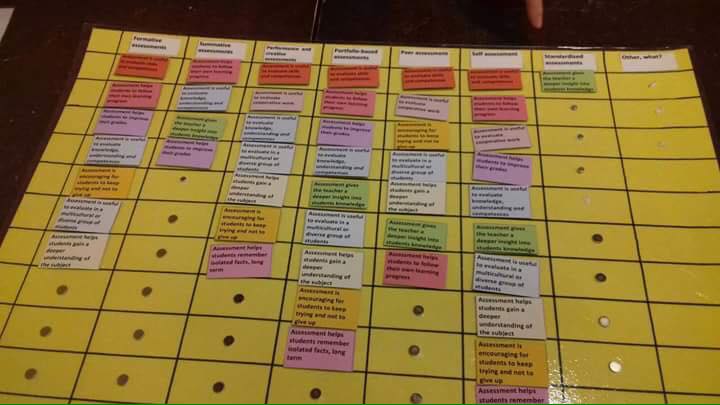

Self-assessment
Self-assessment requires students to reflect on their own work and judge how well they have performed in relation to the assessment criteria. The focus is not necessary on having students generate their own grades, but rather providing opportunity for them to be able to identify what constitutes a good (or poor) piece of work. Some degree of student involvement in the development and comprehension of assessment criteria in therefore an important componente of self-assessment.
You could use self-assessment in the form of a reflective exercises such as blogs or diaries, or by encouraging your students to assess how well they have met the assessment criteria in more traditional tasks such as essays and presentations. You could use self-assessment in a standard-alone context, or in conjuction with peer assessment.
Self-assessment isn't only about pupils giving themselves marks or grades. You can for example:
- ask pupils to highlight the best section of their work and explain why they think it is good
- ask pupils to highlight where they have met each of the success criteria
- ask pupils to highlight uncertainties or areas they think need improving
- experiment with traffic light: ask pupils to indicate how well they have uderstood a topic by holding up traffic lights/drawing a symbol in their books
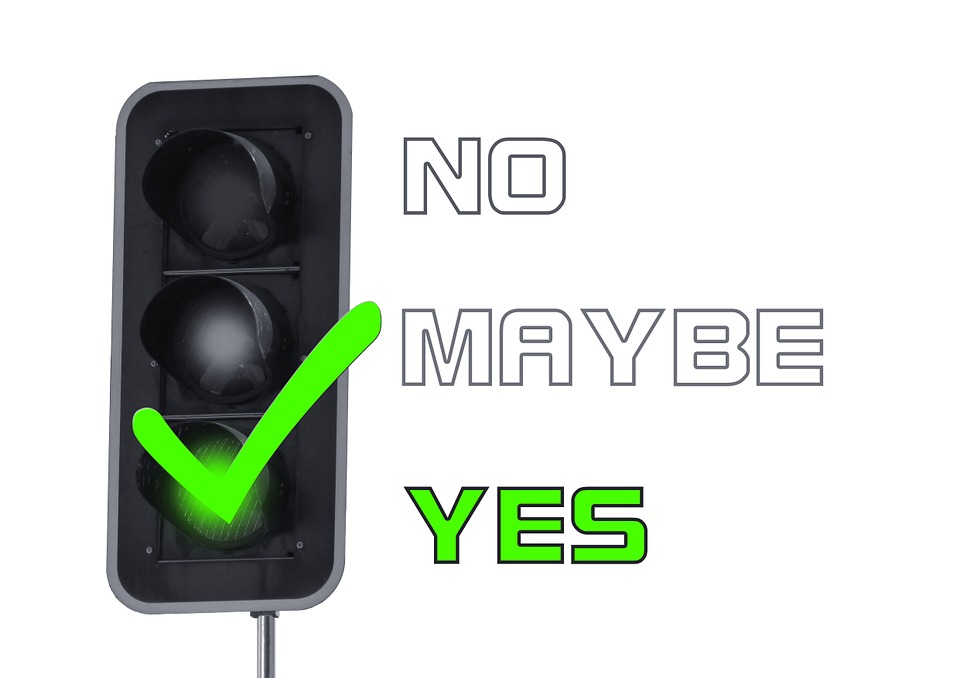
Peer assessment
Peer assessment involves students taking responsibility for assessing the work of their peers against set assessment criteria. They can therefore be engaged in providing feedback to their peers (sometimes referred to as peer review), summative grades (moderated by you or your colleagues) or
a combination of the two.
It is a powerful way for your students to act as the assessor and to gain an opportunity to better understand assessment criteria. It can also transfers some ownership of the assessment process to them, thereby potentially increasing their motivation and engagement. In doing so, your students
might be encouraged to learn more deeply, building up their understanding, rather than just their knowledge of the facts, as well as gaining an insight into their own approach to an assessment task in comparison to their peers.
Good ideas before you start using peer assessment - establish ground rules for peer assessment:
- model assessment using an example of a child's work
- pair peoples of similar ability together
- recap success criteria before starting peer assessment
- encourage pupils to give specific examples of what their partner has done well
- encourage pupils to work with a partner on improvements
- combine self and peer assessment with teacher feedback
Assessment in diverse group of students
Multicultural diverse group will take longer to achieve the final outcome compared to with homogeneous groups because the group must first find ways to communicate effectively. Unless the task last for many weeks , if you are only assessing the final result, you may be inadvertently making diversity a disadvantage. If you assess both the product (i.e. what they must do) and the process (ie how they do it) you're telling students to put effort into both rather than aiming for a „perfect“ finally artifact only.
Assessing multicultural group work is more effective if - all students know what will be assessed and how marks will be allocated
- difficult aspect such as managing conflict effectively attract a percentage of the final mark that reflects the effort involved
- it it's clear how student track and record their own and others efforts
- marks are allocated to reflect individual effort individual effort. Judging individual effort is problematic in all group work and even more so where multicultural membership is involved, especially if peer assessment is used.
- criteria for a „good performance“ needs to address the relative importance of language competence.
- creative presentation methods (poster, video, drama or oral exam) are rehearsed with formative feedback on how to improve
Adjusting the means of evaluating students is another important aspect of making curricular decisions. Several choices are available to fit the individual needs of students in inclusive classroom which are discussed next.
Criterion -referenced system. Teachers who individualize their curricula to include students with disabilities in cooperative learning groups must select achievement tests that are criterion-referenced because norm-referenced tests will, by definition, automatically place students with
disabilities in the failing ranges. Norm-referenced system discriminate against every students with differences, whether cultural, educational or physical. Criterion- referenced system, however allow teachers to compare their students performance with a previously determined standard.
Infographic: https://www.canva.com/design/DAC4SrMxAx4/view